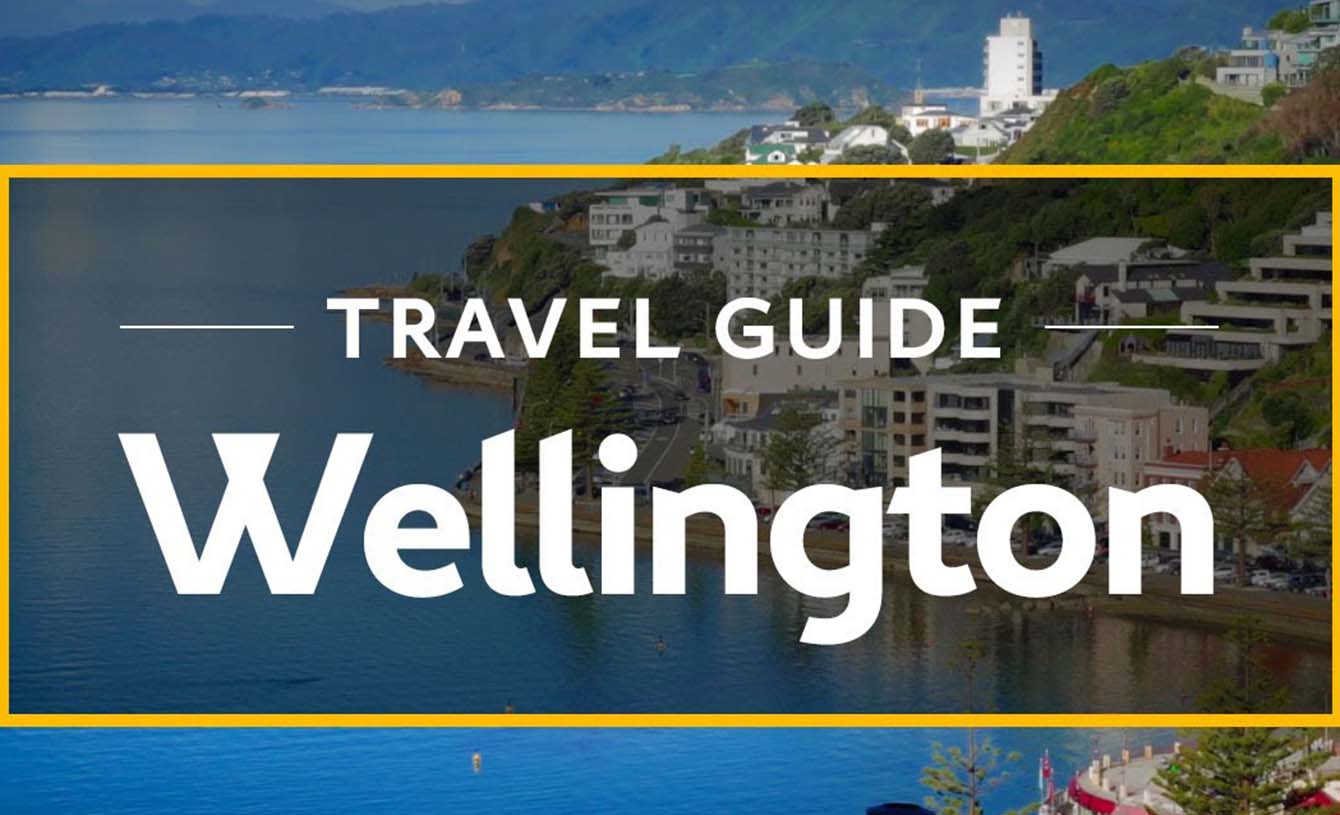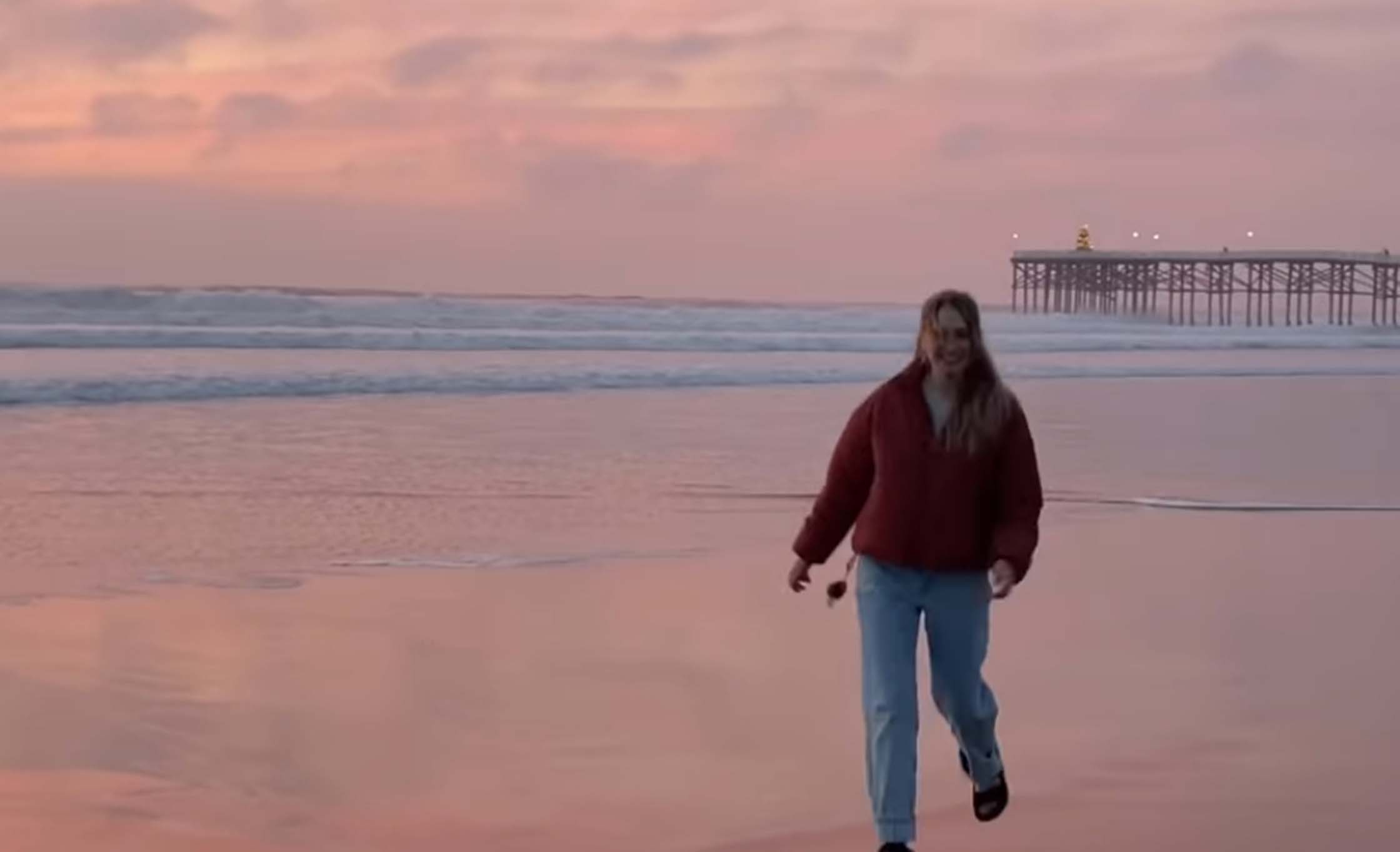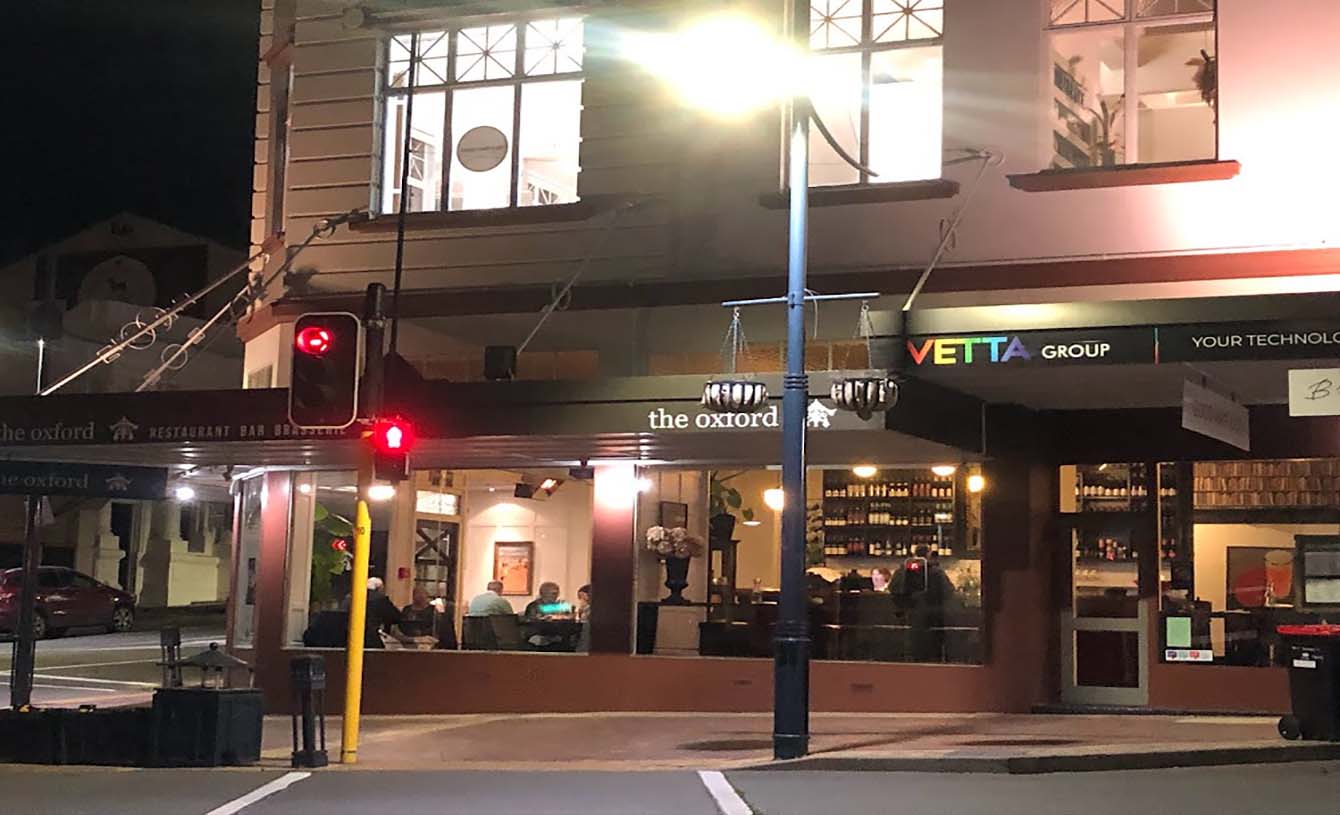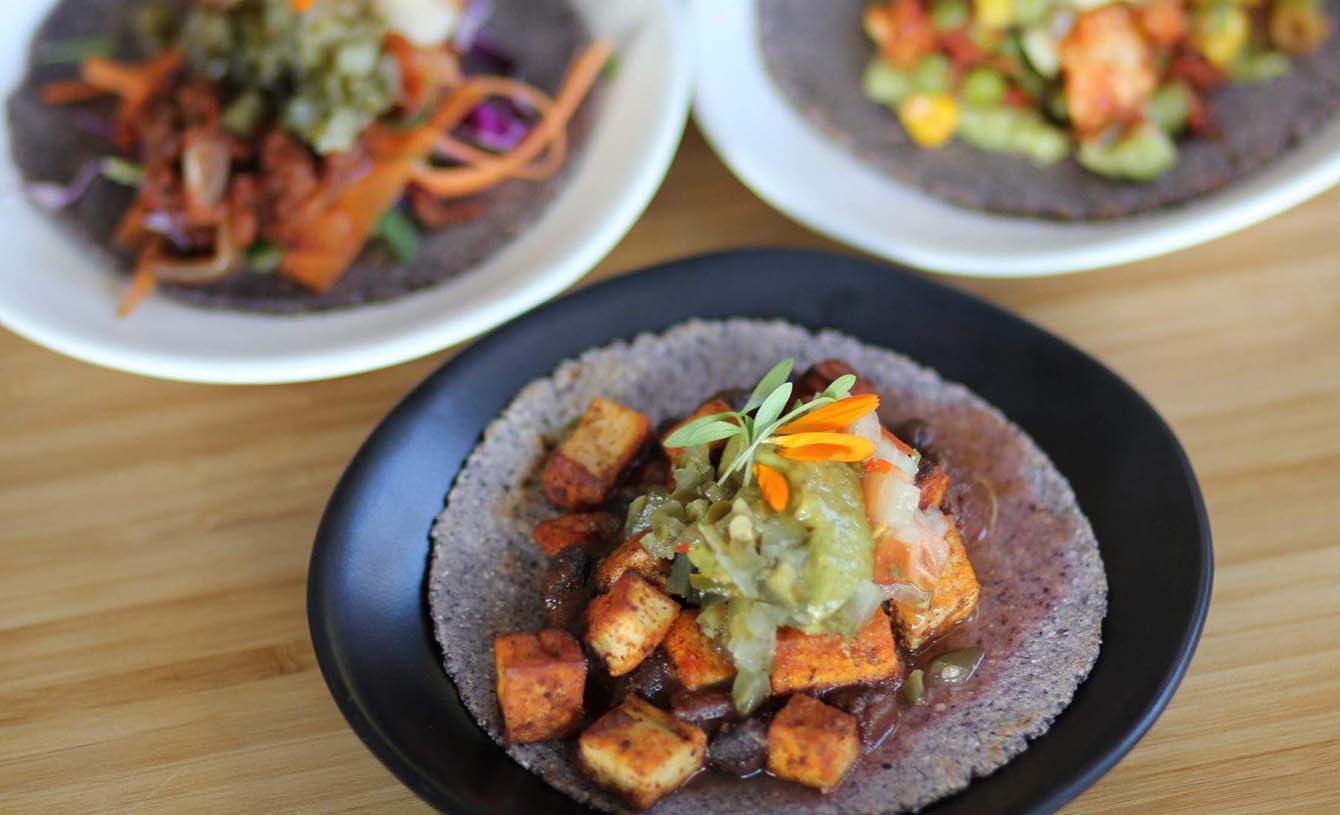When I first landed in Wellington, the vibrant capital of New Zealand, I felt a surge of excitement. Known for its stunning natural landscapes, rich cultural heritage, and the bustling arts scene, Wellington was a place I had always wanted to visit. As a seasoned traveler who shares experiences on social media, I knew this trip would be packed with adventure and discovery. In this blog, I’ll guide you through everything I learned from packing the right gear to observing local etiquette, as well as how to plan your budget and enjoy Wellington’s hidden gems.
Travel Gear and What to Pack for Wellington
When traveling to Wellington, preparation is key. New Zealand’s weather can be unpredictable, so packing smart is crucial. I brought a mix of comfortable yet practical clothing that could handle both warm days and chilly evenings. The weather can shift quickly, especially when you’re by the coast, so my layering game had to be strong. My essentials included:
- Waterproof jacket: It rains often in Wellington, and a lightweight, packable waterproof jacket was a lifesaver.
- Comfortable walking shoes: The city is built on hills, so be prepared to walk a lot. I brought a pair of sturdy sneakers that could handle both city streets and hiking trails.
- Sunscreen and a hat: The sun in New Zealand can be intense, even when it’s cloudy. I made sure to protect myself from UV rays with a good sunscreen and a wide-brimmed hat.
- Reusable water bottle: Wellington is an eco-friendly city, and I wanted to minimize my plastic waste. Most cafes and public spots offer free water refills.
- Portable phone charger: I knew I’d be taking lots of photos and using my phone for maps, so keeping my battery charged was a priority.
If you plan on hiking, which I highly recommend, don’t forget comfortable activewear. Wellington is surrounded by beautiful parks and trails, and you’ll want to be well-equipped to enjoy them fully.
Appropriate Attire for Different Occasions
Wellington has a casual, laid-back vibe. Even when dining out, most places don’t require fancy attire, so I found that casual clothing worked perfectly. However, I did pack one smart-casual outfit for when I visited more upscale restaurants. On cooler days, especially near the waterfront, I layered a long-sleeve shirt under a sweater and topped it off with my waterproof jacket. Locals dress similarly, favoring comfort and practicality over high fashion.
For outdoor activities like hiking or exploring the Botanic Garden, breathable layers are your best friend. And don’t forget to bring a warm jacket for evening outings, as the wind can get quite cold once the sun goes down.
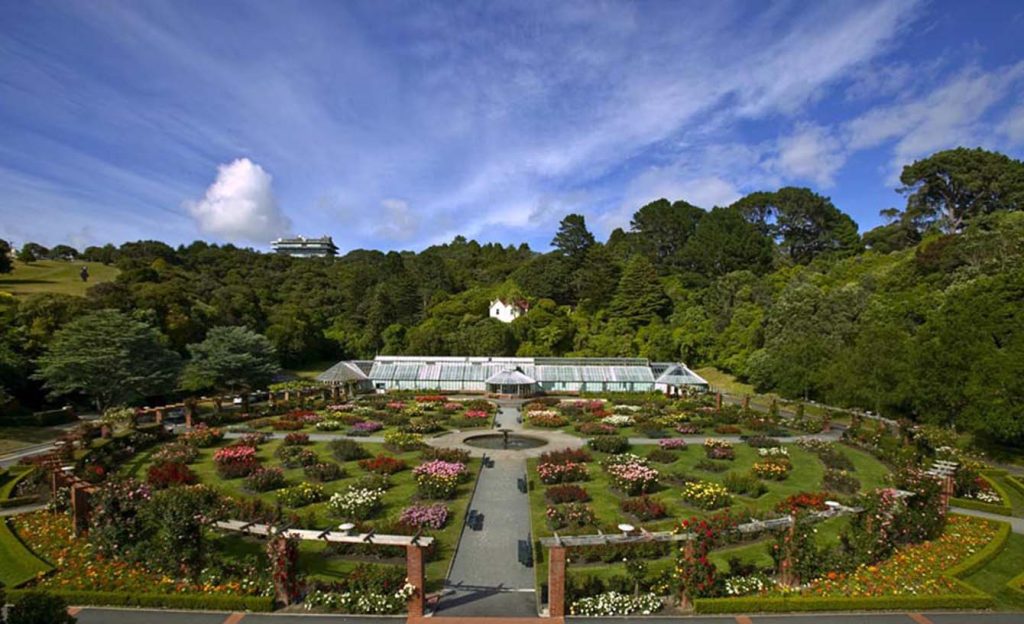
Currency Exchange and SIM Cards: What You Need to Know
Currency in New Zealand is the New Zealand Dollar (NZD), and I found exchanging money to be straightforward. I converted some cash before leaving, but there are plenty of currency exchange offices in the city center. I also used my credit card in most places, which was widely accepted. However, I’d recommend carrying a small amount of cash for markets or smaller cafes, especially in more suburban areas.
As for staying connected, I picked up a local SIM card at the Vodafone store near Lambton Quay. They offered several tourist-friendly packages with plenty of data, which was perfect for navigating and staying in touch with home. You can also get SIM cards from Spark or 2degrees, both of which have stores throughout the city. Prices are reasonable, and topping up online was easy.
Local Etiquette: Navigating Social Norms
One thing I quickly learned about New Zealand is the importance of respecting local customs and social norms. Kiwis, as New Zealanders call themselves, are generally friendly and easygoing, but there are some unwritten rules that are important to follow:
- Māori culture is highly respected in New Zealand, and you’ll notice many bilingual signs in both English and Te Reo Māori. It’s important to show respect for Māori traditions, and I made sure to learn a few basic phrases like “Kia ora” (hello) and “Tēnā koe” (thank you).
- Tipping is not customary in New Zealand, and people don’t expect it, though it’s always appreciated for exceptional service. I tipped a couple of times when I had a great experience at a restaurant, but it’s completely up to you.
- Patience is key when interacting with locals. In Wellington, the pace is more relaxed compared to larger cities, so I had to adjust my expectations. For instance, people don’t rush through conversations, and I found myself enjoying the slower, more thoughtful exchanges.
I had a particularly memorable interaction at a café where I was trying to pronounce the name of a Māori dish. I struggled a bit with the pronunciation, but the staff were incredibly kind, correcting me with a smile and explaining the significance of the dish. This experience really encapsulated the welcoming spirit of Wellington.
Must-Visit Attractions in Wellington
Wellington is packed with attractions, both natural and cultural. Here are four highlights from my trip:
Te Papa Tongarewa (Museum of New Zealand)
- What to See: Te Papa is New Zealand’s national museum, offering fascinating exhibits on Māori culture, New Zealand’s history, and natural environments. I spent hours exploring the interactive displays, including the Gallipoli: The Scale of Our War exhibit, which was deeply moving.
- Getting There: Located on Cable Street, it’s easily accessible by foot or a quick bus ride from the city center.
- Tips: Entry is free, but some special exhibitions may have a fee. Allocate at least half a day to fully appreciate the museum’s vast offerings.
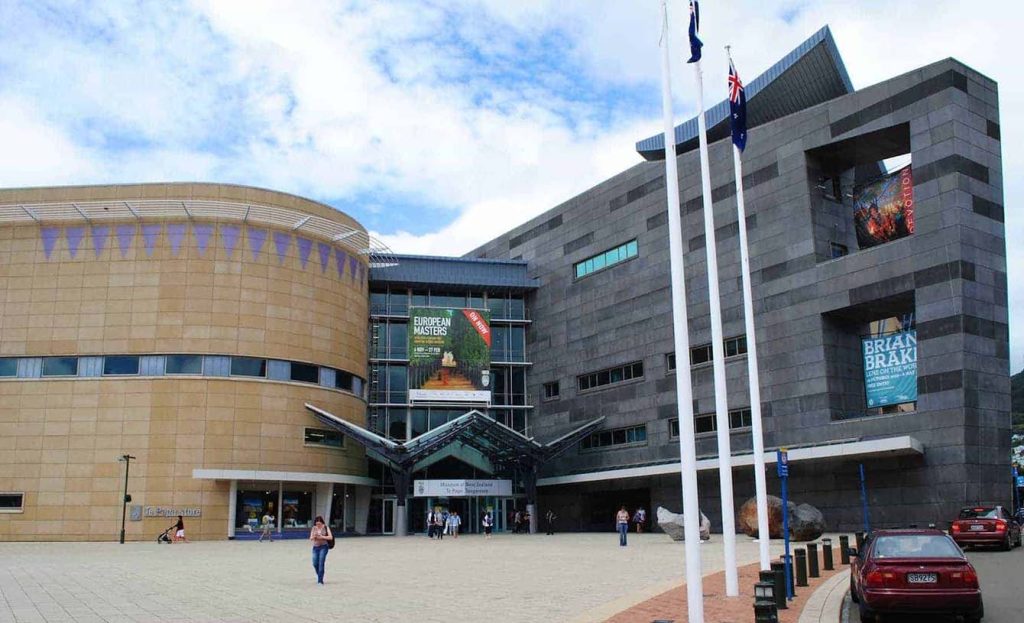
Wellington Cable Car and Botanic Garden
- What to See: The Cable Car takes you up from Lambton Quay to the Botanic Garden, offering stunning views of the city and harbor. I loved the peaceful walk through the gardens, which featured a gorgeous array of native plants.
- Getting There: The Cable Car departs from Lambton Quay in the city center. Tickets are NZD 9 for a return trip.
- Tips: After your garden stroll, visit the Cable Car Museum and grab a coffee at the nearby café.
Mount Victoria Lookout
- What to See: For the best panoramic views of Wellington, Mount Victoria Lookout is unbeatable. The hike up from the city took about 45 minutes, but you can also drive or take a bus. Once at the top, I spent time taking photos and enjoying the sweeping views of the harbor and city.
- Getting There: The Route 20 bus will drop you off near the base of the hill, or you can start the walking trail from the city center.
- Tips: Wear sturdy shoes and bring water for the hike. It can get windy at the top, so pack a jacket.
Zealandia Ecosanctuary
- What to See: Zealandia is a wildlife sanctuary just 10 minutes from the city center. It’s dedicated to restoring New Zealand’s native forest and bird species. I spotted several endangered birds, like the tūī and kākā, and learned about the sanctuary’s conservation efforts.
- Getting There: Take the free shuttle from Wellington i-SITE Visitor Centre or catch a bus from the railway station.
- Tips: Entry is NZD 23.50 for adults. The guided night tours are especially magical, giving you a chance to see the elusive kiwi bird.
Discovering Wellington’s Street Food Scene
One of the best parts of Wellington is its thriving street food scene. I sampled delicious treats from several vendors, and here are a few must-try dishes:
- Pies: The savory meat pies are a Kiwi classic. I grabbed a hot lamb and mint pie from Aro Bake on Aro Street—flaky, filling, and packed with flavor.
- Fish and Chips: For fresh fish and chips, Mt Vic Chippery was my go-to. Crispy batter, tender fish, and golden chips—what more could I ask for?
- Hangi: A traditional Māori dish, hangi is a feast of meat and vegetables cooked in an underground oven. I tried it at a food stall during the Wellington Night Market, and it was packed with earthy flavors.
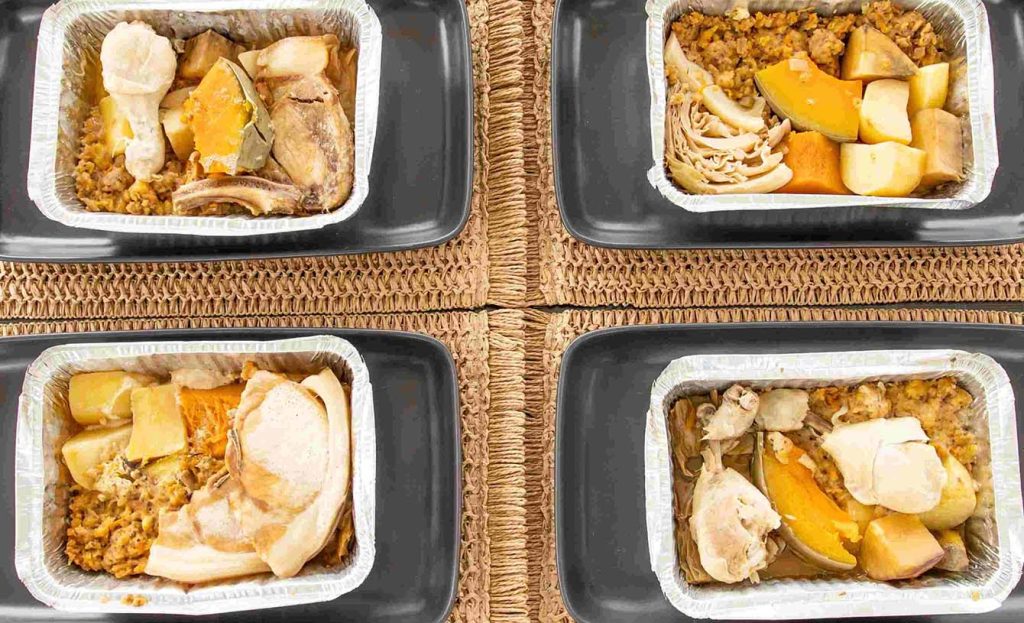
Street Food Safety Tips:
Always go for busy stalls with high turnover, as this ensures the food is fresh. I also carried hand sanitizer and stayed hydrated, especially when sampling new foods.
Itinerary Planning and Budget Tips
Planning your Wellington itinerary requires balancing time between indoor and outdoor activities, as the weather can change quickly. I opted for outdoor hikes and garden visits during sunny spells, saving museum visits for rainy days.
As for budgeting, Wellington can be affordable if you plan ahead. I booked my accommodation early through Booking.com, which helped me save. Public transport is inexpensive, and many attractions, like Te Papa, are free. I also used my Snapper card for discounted bus fares, which was a great way to keep transportation costs low.
Wellington is a city that captured my heart with its blend of nature, culture, and vibrant street life. From riding the Cable Car to savoring local pies, my time here was unforgettable.
